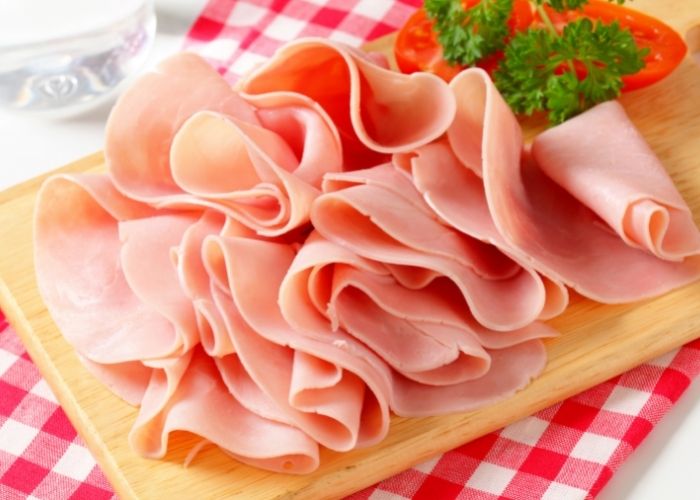MADRID – Most consumers have a list of products that they always put in their shopping cart without thinking about it. However, the Spanish consumer organisation OCU is now rejecting one such ‘standard product’ because it is very unhealthy.
It is a widely used product in Spanish households, it is eaten on sandwiches, at breakfast, and the ‘merienda’ and processed in dishes. Due to its mild taste and lightness, it is known as a “healthy” product, suitable for dieting, for children and the elderly, and a typical resource for those who want to eat healthier. However, the truth is that it is not as healthy as its reputation would lead you to believe.
High in water and additives
OCU has verified this by extensively examining the product for nutritional value. It is sliced cooked ham, either ‘jamón cocido’ or ‘jamón York’ in Spanish. The cooked hams on the market are highly processed meat products with high salt content, high in water and additives… and often less meat than one might think.
OCU experts examined the quality level of the cooked ham sold in supermarkets. The organisation describes the results as ‘devastating’.
Fat content
The fat content of most of the hams studied is more than 10%. Of the 25 cooked hams analysed, 24 contained more than 1.25 grams of salt, which is the limit set by the Spanish Food and Consumer Product Safety Authority.
Furthermore, the World Health Organisation has found evidence that the consumption of 50 grams of processed meat products per day is linked to colon cancer.
If you are not yet a vegetarian or vegan, you can look at two aspects when buying this product, according to OCU. On the one hand, the meat content varies between 85% and 98%. On the other hand, it contains less than 1.25 grams of salt per 100 grams of the product. It is even better if the ham is organic.
OCU has drawn up a list of the best and worst cooked hams based on the experts’ findings. The last place in the ranking is for the ‘Frial lonchas finas, jamón cocido extra duroc’ (thin slices of extra hard-cooked ham). This one gets a rating of 50 points out of a total of 100. It is the worst quality cooked ham. According to the experts, this is striking because it contains 95% duroc pork.
In the tasting, this ham received a good grade (70 points out of 100), but other criteria were again unsatisfactory, such as labelling, additives, hygiene, and nutritional value. In addition to the Duroc pork, this cooked ham contains too much salt, aromas, dextrose, antioxidants, preservatives, and stabilisers.
York ham and cooked ham
Paula Rodríguez, dietitian-nutritionist at the Spanish Foundation for Nutrition (FEN), explains that “The designation ham york is the same as for cooked ham, and refers to a meat product from the hind legs of the pig, subjected to heat and cured in brine”.
Click here for the results of the survey (in Spanish)
Eating less or no meat is better for your health
More and more research results indicate that reducing meat consumption or omitting it completely is better for your health. National nutrition centres and even the Spanish minister Garzón of Consumer Affairs said so last year, confirm that eating red and processed meat increases your risk of heart attack, stroke, diabetes, and certain types of cancer, and can cost years of your life. And if you eat less meat and replace it with healthy fats, seasonal produce, and whole grains, the health-promoting benefits only increase.
Environment
Another advantage is that eating less meat is also better for the environment. Food is responsible for 20% – 35% of all greenhouse gas emissions. More than half of that comes from meat and dairy. Eating less meat quickly yields a lot of environmental benefits.


